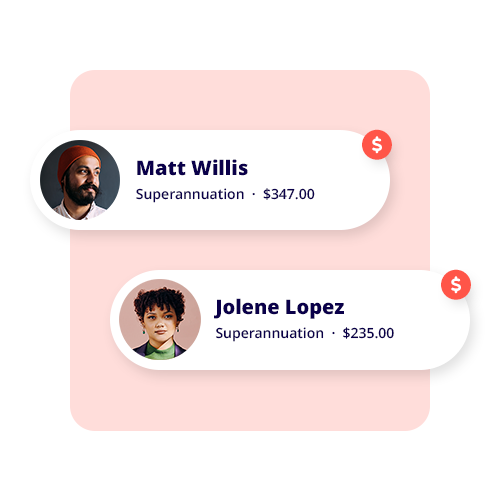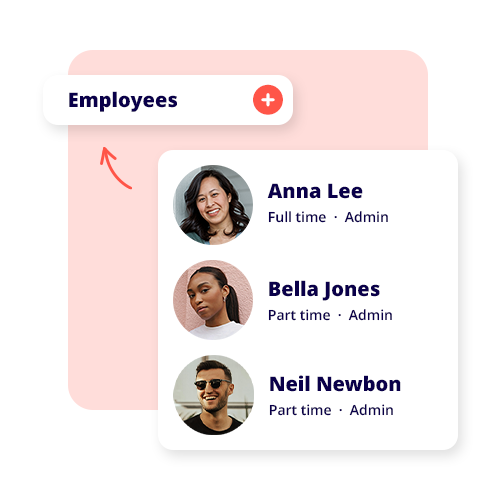Every year, business owners and management teams spend countless hours planning and strategising for the following year. Plans are good: they provide goals to achieve and the milestones to reach them. But what goals should be in your plans for the new year?
Targets are bad goals because they don’t give you the context you need to improve your business. By setting system-oriented goals instead, you increase profitability and lay the foundation for a more secure business.
Let’s look at planning differently. Here’s how to set up system-oriented goals for your business.
Reviewing the previous year.
Before committing to any plan, you first need to do your homework and review how well (or poorly) your business performed for the current year. Did your business follow your strategic plan? Did your business achieve its earlier goals? Did you do better than the previous year?
Let’s break down some key metrics to review:
- Finances: Your financial review should include your revenue growth and profitability (profit margins). Also, your flexibility in approaching next year’s cash flow.
- Customers: How many new customers did you gain in the year (aquisition)? How many customers did you keep (retention)? Did you get any notable customer feedback (satisfaction)?
- Operations: How efficient were your processes for the year?
- Employees: Did your employees perform as expected for the year (engagement)? How many staff stayed in their roles (employee turnover)?
- Marketing & Sales: Did your marketing efforts produce enough leads? How successful was your business in converting these leads?
Each area will provide you with the insight to evaluate how you did for the year. Ultimately, you need to ask yourself: Did my business achieve what I set out to do? If not, identify the issues and address them as part of your plan for the following year.
Goal setting in the context of your business
Goal setting requires a better understanding of your business. It’s all well and good to plan for 5% revenue growth and continue business as usual. But simply increasing metrics and setting targets isn’t enough. A target should not be a goal. For example, a 5% revenue increase is a measurable outcome of a goal — not the goal itself. Good businesses achieve their goals because they have the right systems and processes in place to meet them.
Goals: Improve systems, not set targets
By setting goals that improve specific areas of your business rather than focusing on financial targets, you create a better company. The benefits of improving your business will naturally be financial, but a well-built business with good systems also creates security.
For example, say that you were to just focus on increasing your revenue by 5%, instead of improving a business area. An easy way to increase without improving is to reduce your liabilities by cutting costs when moving to a cheaper supplier. You may not have increased your sales for the year, but you achieved 5% revenue growth. Sounds great, but what if the supplier raises their prices the following year? You won’t meet your 5% revenue target. Your business hasn’t grown or improved because you cut costs without addressing the issues your business has.
Of course, you want to keep costs low; any savvy business owner will tell you that. But that should be part of your operational processes, not a goal. Successful and unsuccessful businesses both want to increase revenue, so what’s the difference? Improvement, not quick solutions.
System-oriented Goals
System-oriented goals rely on you identifying an area and improving its procedures. You can be ambiguous, but you also need to be realistic. The metric and indicator for the success of your system-oriented goal are the financial benefits. This is harder than setting goals because it requires you to identify what needs improvement, and these aren’t necessarily obvious. The best way to see improvements is by identifying the problems affecting your business.
In our example, instead of the cafe owner’s goal being to increase revenue by 10%, her goal was to improve customer service at the point of sale. By setting a system-oriented goal, you give yourself a direction by correcting problems with your processes. So what you need to do is identify:
- Problem: Identify a system/process problem in your business.
- System-oriented goal: Set a procedural goal that addresses your problem.
- Process: The solution and execution of your goal.
- Outcomes: desired outcomes of your system-oriented goal, i.e. better customer reviews or sales increases.
Setting system-oriented goals for your small business
By integrating system-oriented goals into your planning and strategy, you create a more efficient business that is more likely to succeed. Focusing on targets as outcomes of your goals rather than the goals themselves increases your chances of achieving them. When your goals are system-oriented, the activities and milestones to follow are easier to define and less abstract than focusing on a number. So, when planning your strategies for next year, focus on improvement rather than numbers; you’ll find your business is better for it.
Cafe Example:
Problem:
Mona runs a cafe in the inner suburbs of Sydney. She wants to grow revenue by 10% year-on-year, but has found that cutting costs via supplier changes and part-time rostering has made little impact.
System-oriented goal:
Based on customer reviews, she found significant wait times due to order errors and slow service from staff. Instead of setting revenue goals, Mona focused on improving customer service for her cafe. Mona identified that her service issues started at the point of sale. Where she cut costs, she ended up with an inferior POS system that wasn’t intuitive and was hard for her staff to use.
Process:
Mona purchased a better POS system and had her staff trained up on the software.
Outcomes:
Mona reviewed her system-oriented goal and found that by addressing her operational issues, she reduced waste from wrong orders, increased sales, and improved customer satisfaction. This resulted in higher revenue growth than her previous 10% goal targets.
In our example, instead of the cafe owner’s goal being to increase revenue by 10%, her goal was to improve customer service at the point of sale. By setting a system-oriented goal, you give yourself a direction by correcting problems with your processes. So what you need to do is identify:
- Problem: Identify a system/process problem in your business.
- System-oriented goal: Set a procedural goal that addresses your problem.
- Process: The solution and execution of your goal.
- Outcomes: desired outcomes of your system-oriented goal, i.e. better customer reviews or sales increases.
Setting system-oriented goals for your small business
By integrating system-oriented goals into your planning and strategy, you create a more efficient business that is more likely to succeed. Focusing on targets as outcomes of your goals rather than the goals themselves increases your chances of achieving them. When your goals are system-oriented, the activities and milestones to follow are easier to define and less abstract than focusing on a number. So, when planning your strategies for next year, focus on improvement rather than numbers; you’ll find your business is better for it.













































